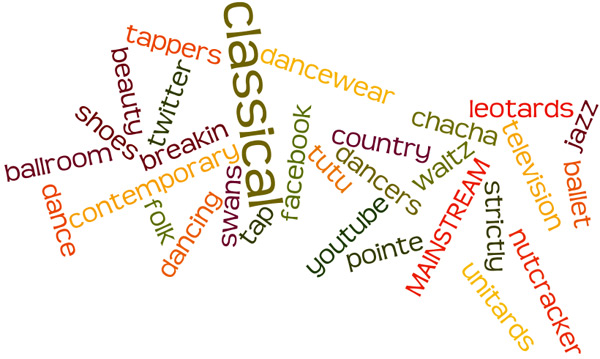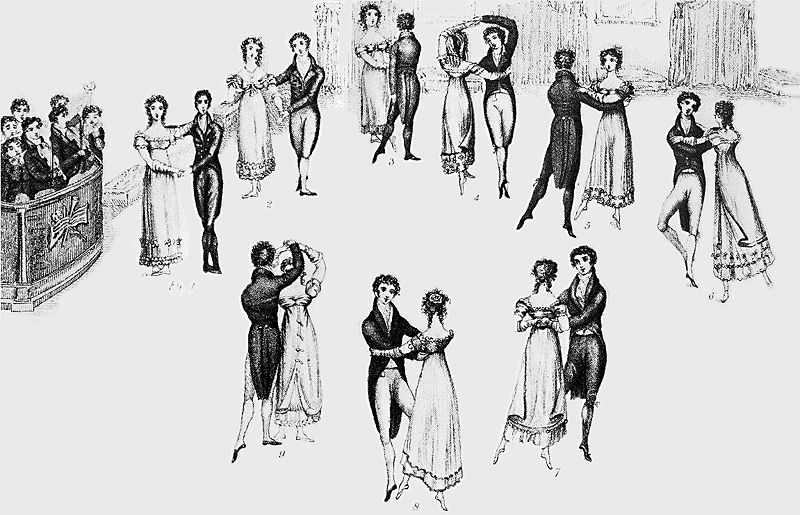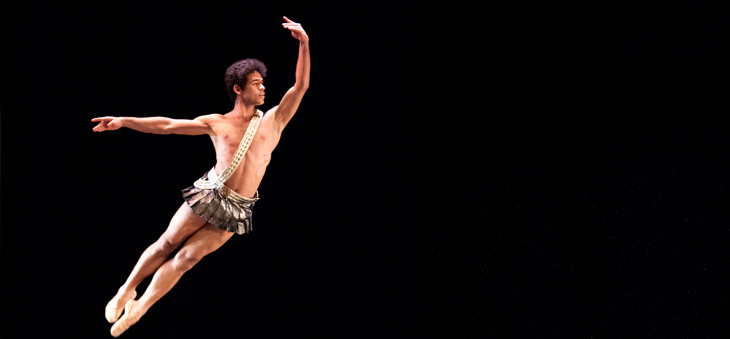
As recently seen in accordance with the Sylvia Young Theatre School, The Stage newspaper is collaborating with stage school Italia Conti in order to award a scholarship value of up to £75,000. The total scholarship fund could be awarded to either one high-kicking, toe-tapping student or two, depended on the candidates who impress the audition panel. The scholarship will cover the winner’s secondary education training fees until the end of Year 11.
Italia Conti is the UK’s oldest theatre training school. The school emerged from the production of Where The Rainbow Ends at the Savoy Theatre in 1911, when the actress Italia Conti was asked to manage and teach the children in the play. Following this, Conti turned her attention fully to teaching and soon after, the Italia Conti School was born, and now covers three sites in London. The winner/s of the scholarship will be based at the theatre school which is at Italia Conti House, a building near the Barbican.
The Italia Conti school prides itself on building students’ confidence, providing excellent academic and vocational training for all those who don their ballet shoes, jazz pants and tap shoes. The school maintains that academic education is almost as important as the vocational training offered, and the breadth of training supports this entirely. Whilst based on tradition, heritage and history, the school’s experience in the field also lends itself to moving with the times and the ever-changing performing arts sector, for example by installing a recording studio and offering video classes.
As a result, the scholarship will provide aspiring performers with the opportunity to build a firm foundation of art through their training in order to secure a future career without the limitations of expense and training fees, meaning Italia Conti won’t lose any young performer who would be capable of carving out a career in the industry.



 Running in 2013 from 28 January to 2 February, the Prix de Lausanne is an international ballet competition for young dancers aged 15 to 18 years who are not yet professionals. The Prix is a non-profit cultural foundation, which depends solely on the generosity of its donors.
Running in 2013 from 28 January to 2 February, the Prix de Lausanne is an international ballet competition for young dancers aged 15 to 18 years who are not yet professionals. The Prix is a non-profit cultural foundation, which depends solely on the generosity of its donors.





